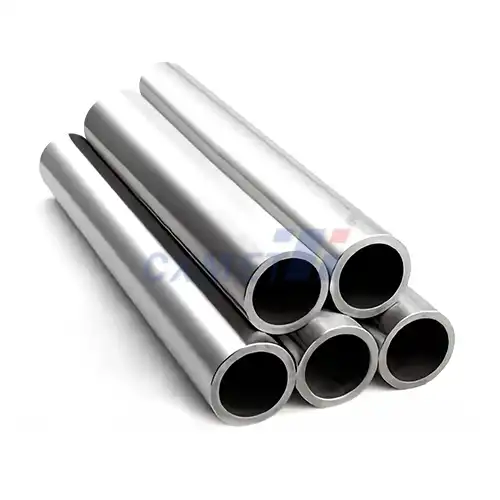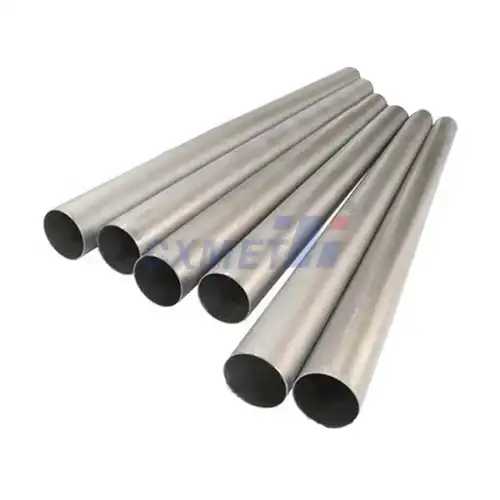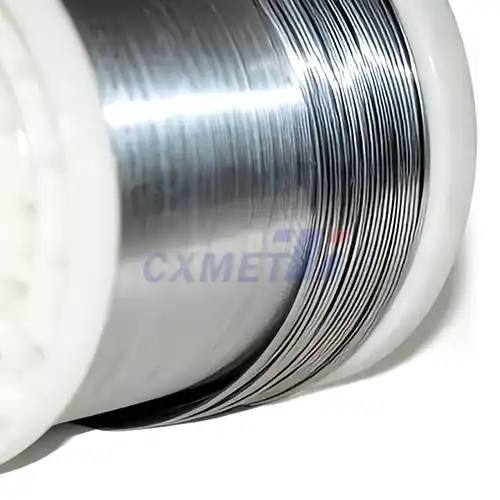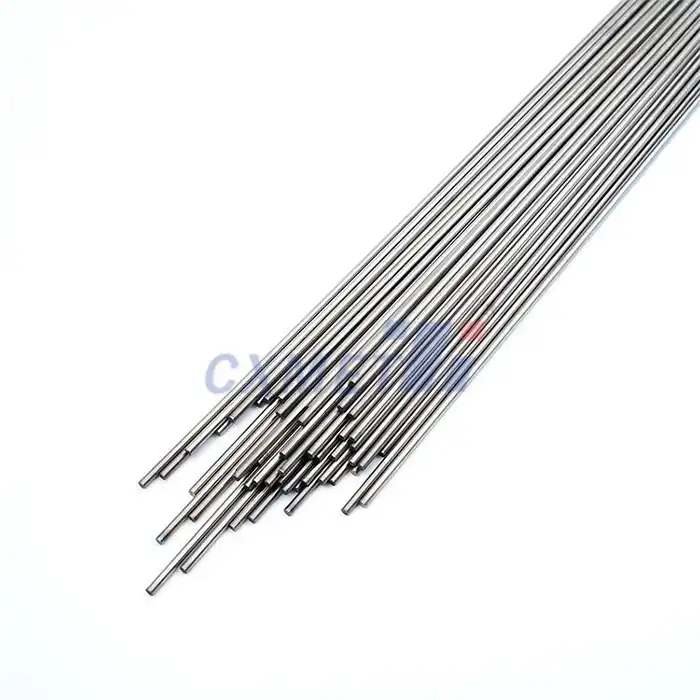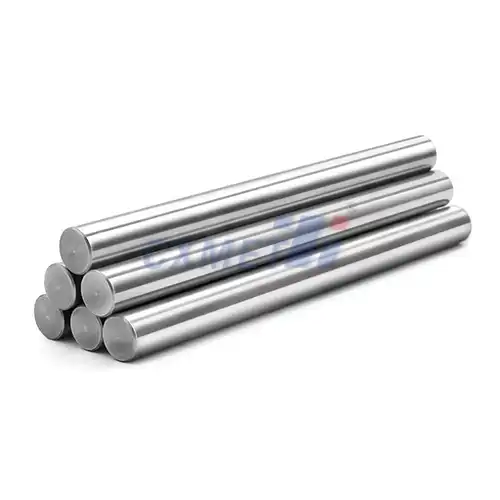- English
- French
- German
- Portuguese
- Spanish
- Russian
- Japanese
- Korean
- Arabic
- Greek
- German
- Turkish
- Italian
- Danish
- Romanian
- Indonesian
- Czech
- Afrikaans
- Swedish
- Polish
- Basque
- Catalan
- Esperanto
- Hindi
- Lao
- Albanian
- Amharic
- Armenian
- Azerbaijani
- Belarusian
- Bengali
- Bosnian
- Bulgarian
- Cebuano
- Chichewa
- Corsican
- Croatian
- Dutch
- Estonian
- Filipino
- Finnish
- Frisian
- Galician
- Georgian
- Gujarati
- Haitian
- Hausa
- Hawaiian
- Hebrew
- Hmong
- Hungarian
- Icelandic
- Igbo
- Javanese
- Kannada
- Kazakh
- Khmer
- Kurdish
- Kyrgyz
- Latin
- Latvian
- Lithuanian
- Luxembou..
- Macedonian
- Malagasy
- Malay
- Malayalam
- Maltese
- Maori
- Marathi
- Mongolian
- Burmese
- Nepali
- Norwegian
- Pashto
- Persian
- Punjabi
- Serbian
- Sesotho
- Sinhala
- Slovak
- Slovenian
- Somali
- Samoan
- Scots Gaelic
- Shona
- Sindhi
- Sundanese
- Swahili
- Tajik
- Tamil
- Telugu
- Thai
- Ukrainian
- Urdu
- Uzbek
- Vietnamese
- Welsh
- Xhosa
- Yiddish
- Yoruba
- Zulu
What are the Mechanical Properties of Titanium 6Al7Nb?
2025-07-11 09:53:18
Titanium 6Al7Nb Medical Bar is an advanced titanium alloy specifically designed for biomedical applications. It offers a unique combination of mechanical properties, biocompatibility, and corrosion resistance, making it an ideal material for various medical implants and devices. This alloy is composed of titanium with 6% aluminum and 7% niobium, which contribute to its exceptional characteristics. In this blog post, we will explore the mechanical properties of Titanium 6Al7Nb and discuss its advantages in medical applications.
|
|
|
How does Titanium 6Al7Nb compare to other titanium alloys in terms of strength?
Titanium 6Al7Nb Medical Bar exhibits remarkable strength characteristics, making it a superior choice for many medical applications. When compared to other titanium alloys, such as the widely used Ti6Al4V, Titanium 6Al7Nb demonstrates comparable or even superior strength properties.
The ultimate tensile strength of Titanium 6Al7Nb typically ranges from 900 to 1050 MPa, depending on the processing and heat treatment conditions. This high tensile strength ensures that implants and devices made from this alloy can withstand significant loads and stresses within the human body. In comparison, Ti6Al4V generally has an ultimate tensile strength between 860 and 1000 MPa.
The yield strength of Titanium 6Al7Nb is also impressive, typically ranging from 800 to 900 MPa. This property is crucial for maintaining the structural integrity of implants under various loading conditions. The high yield strength ensures that the material can resist permanent deformation under stress, contributing to the longevity and reliability of medical devices.
Another important aspect of Titanium 6Al7Nb's strength is its fatigue resistance. In cyclic loading conditions, which are common in many biomedical applications, this alloy demonstrates excellent fatigue strength. The fatigue limit of Titanium 6Al7Nb is typically around 500-600 MPa, which is comparable to or slightly higher than that of Ti6Al4V. This high fatigue resistance is particularly beneficial for implants that are subjected to repeated loading, such as joint replacements or dental implants.
The impressive strength-to-weight ratio of Titanium 6Al7Nb is another factor that sets it apart from other materials. With a density of approximately 4.52 g/cm³, it is significantly lighter than many other biocompatible metals, such as stainless steel or cobalt-chromium alloys. This low density, combined with high strength, allows for the design of lightweight yet durable medical devices, which can improve patient comfort and reduce the risk of complications associated with heavier implants.
Furthermore, the strength of Titanium 6Al7Nb can be tailored through various processing techniques and heat treatments. For instance, cold working can increase the strength of the alloy, while annealing can improve its ductility. This versatility in processing allows manufacturers to optimize the mechanical properties of the alloy for specific medical applications, ensuring the best possible performance in diverse clinical scenarios.
What is the elastic modulus of Titanium 6Al7Nb and how does it affect its biomedical applications?
The elastic modulus, also known as Young's modulus, is a crucial mechanical property that describes a material's stiffness or resistance to elastic deformation. For Titanium 6Al7Nb Medical Bar, the elastic modulus typically ranges from 100 to 110 GPa. This value is significantly lower than that of many other biomedical materials, such as stainless steel (approximately 200 GPa) or cobalt-chromium alloys (around 230 GPa).
The relatively low elastic modulus of Titanium 6Al7Nb has several important implications for its biomedical applications:
- Bone stress shielding reduction: One of the primary advantages of the lower elastic modulus is the reduction of stress shielding in orthopedic implants. Stress shielding occurs when an implant carries a larger portion of the load than the surrounding bone, leading to bone resorption and potential implant loosening. The elastic modulus of Titanium 6Al7Nb is closer to that of human cortical bone (10-30 GPa) compared to stiffer materials, allowing for a more even distribution of stress between the implant and the bone. This better load sharing promotes bone remodeling and helps maintain bone density around the implant, potentially increasing the longevity of orthopedic devices.
- Enhanced osseointegration: The lower stiffness of Titanium 6Al7Nb can contribute to improved osseointegration, which is the direct structural and functional connection between living bone tissue and the surface of an implant. The more compatible elastic properties allow for better mechanical stimulation of the surrounding bone tissue, promoting bone growth and attachment to the implant surface. This enhanced osseointegration can lead to faster healing times and improved long-term stability of implants.
- Improved biomechanical compatibility: The elastic modulus of Titanium 6Al7Nb is closer to that of human tissues compared to stiffer materials. This improved biomechanical compatibility can lead to reduced discomfort and a decreased risk of complications in various medical applications, such as dental implants, joint replacements, and spinal fixation devices.
- Fatigue resistance: The lower elastic modulus contributes to the alloy's excellent fatigue resistance. Materials with lower stiffness tend to distribute stresses more evenly, reducing the likelihood of stress concentrations that can lead to fatigue failure. This property is particularly important in applications where the implant is subjected to cyclic loading, such as in joint replacements or dental implants.
- Design flexibility: The combination of high strength and relatively low elastic modulus allows for greater design flexibility in medical devices. Engineers can create implants and instruments that are both strong and compliant, adapting to the complex geometries and loading conditions encountered in the human body.
It's worth noting that while the elastic modulus of Titanium 6Al7Nb is lower than that of many other metallic biomaterials, it is still significantly higher than that of human bone. Researchers and engineers continue to explore ways to further reduce the stiffness of titanium alloys, such as through the development of porous structures or composite materials, to achieve even better biomechanical compatibility.
How does the corrosion resistance of Titanium 6Al7Nb contribute to its durability in medical implants?
The corrosion resistance of Titanium 6Al7Nb Medical Bar is one of its most significant attributes, playing a crucial role in its durability and long-term performance as a medical implant material. This exceptional corrosion resistance is primarily due to the formation of a stable, adherent, and self-healing oxide layer on the surface of the alloy when exposed to oxygen.
The corrosion resistance of Titanium 6Al7Nb contributes to its durability in medical implants in several ways:
- Protection against bodily fluids: The human body is a highly corrosive environment, with various bodily fluids containing chloride ions, proteins, and other potentially corrosive substances. The passive oxide layer on Titanium 6Al7Nb provides excellent protection against these corrosive elements, preventing degradation of the implant material. This protection is crucial for maintaining the structural integrity and mechanical properties of the implant over time.
- Minimized ion release: The high corrosion resistance of Titanium 6Al7Nb results in minimal release of metal ions into the surrounding tissues. This is particularly important for long-term implants, as excessive ion release can lead to local tissue reactions, allergies, or systemic toxicity. The low ion release rate of Titanium 6Al7Nb contributes to its excellent biocompatibility and reduces the risk of adverse reactions in patients.
- Resistance to pitting and crevice corrosion: Titanium 6Al7Nb demonstrates superior resistance to localized forms of corrosion, such as pitting and crevice corrosion, which can be particularly problematic in the complex geometries of medical implants. This resistance helps maintain the surface integrity of the implant, preventing the formation of microscopic defects that could lead to mechanical failure or bacterial colonization.
- Stability in various pH environments: The passive oxide layer on Titanium 6Al7Nb remains stable over a wide range of pH values encountered in the human body. This stability ensures that the implant maintains its corrosion resistance even in areas of localized inflammation or infection, where the pH may temporarily deviate from normal physiological levels.
- Self-healing properties: In the event of surface damage or scratching, the oxide layer on Titanium 6Al7Nb can rapidly reform, restoring the corrosion protection. This self-healing ability contributes to the long-term durability of implants, even in the face of minor surface damage that may occur during implantation or normal use.
- Resistance to fretting corrosion: In applications where there is potential for micromotion between implant components, such as modular joint replacements, Titanium 6Al7Nb demonstrates good resistance to fretting corrosion. This property helps maintain the integrity of implant interfaces and reduces the risk of particle generation or implant loosening due to corrosion at contact points.
- Compatibility with surface treatments: The corrosion resistance of Titanium 6Al7Nb can be further enhanced through various surface treatments, such as anodization or plasma spraying. These treatments can improve the oxide layer's properties, enhance osseointegration, or provide additional functionalities without compromising the alloy's inherent corrosion resistance.
The exceptional corrosion resistance of Titanium 6Al7Nb not only contributes to the durability of medical implants but also plays a significant role in ensuring their long-term safety and efficacy. By maintaining the structural integrity of the implant and minimizing the release of potentially harmful ions, this property helps to reduce the risk of implant failure, adverse tissue reactions, and the need for revision surgeries.
Furthermore, the corrosion resistance of Titanium 6Al7Nb contributes to the overall cost-effectiveness of medical implants. The longevity and reliability provided by this property can lead to reduced healthcare costs associated with implant replacement or complications, benefiting both patients and healthcare systems.
In conclusion, the mechanical properties of Titanium 6Al7Nb Medical Bar, including its high strength, relatively low elastic modulus, and excellent corrosion resistance, make it an outstanding material for biomedical applications. These properties contribute to the durability, biocompatibility, and long-term performance of medical implants and devices, ultimately improving patient outcomes and quality of life.
At SHAANXI CXMET TECHNOLOGY CO., LTD, we take pride in our extensive product range, which caters to diverse customer needs. Our company is equipped with outstanding production and processing capabilities, ensuring the high quality and precision of our products. We are committed to innovation and continuously strive to develop new products, keeping us at the forefront of our industry. With leading technological development capabilities, we are able to adapt and evolve in a rapidly changing market. Furthermore, we offer customized solutions to meet the specific requirements of our clients. If you are interested in our products or wish to learn more about the intricate details of our offerings, please do not hesitate to contact us at sales@cxmet.com. Our team is always ready to assist you.
References
- Niinomi, M. (1998). Mechanical properties of biomedical titanium alloys. Materials Science and Engineering: A, 243(1-2), 231-236.
- Geetha, M., Singh, A. K., Asokamani, R., & Gogia, A. K. (2009). Ti based biomaterials, the ultimate choice for orthopaedic implants – A review. Progress in Materials Science, 54(3), 397-425.
- Long, M., & Rack, H. J. (1998). Titanium alloys in total joint replacement—a materials science perspective. Biomaterials, 19(18), 1621-1639.
- Akahori, T., & Niinomi, M. (1998). Fracture characteristics of fatigued Ti–6Al–4V and Ti–6Al–7Nb alloys. Materials Science and Engineering: A, 243(1-2), 237-243.
- Khan, M. A., Williams, R. L., & Williams, D. F. (1999). In-vitro corrosion and wear of titanium alloys in the biological environment. Biomaterials, 20(7), 631-637.
- Semlitsch, M. F., Weber, H., Streicher, R. M., & Schön, R. (1992). Joint replacement components made of hot-forged and surface-treated Ti-6Al-7Nb alloy. Biomaterials, 13(11), 781-788.
- Okazaki, Y., & Gotoh, E. (2005). Comparison of metal release from various metallic biomaterials in vitro. Biomaterials, 26(1), 11-21.
- Oldani, C., & Dominguez, A. (2012). Titanium as a biomaterial for implants. Recent advances in arthroplasty, 149-162.
- Bothe, R. T., Beaton, L. E., & Davenport, H. A. (1940). Reaction of bone to multiple metallic implants. Surgery, Gynecology & Obstetrics, 71, 598-602.
- Steinemann, S. G. (1998). Titanium—the material of choice?. Periodontology 2000, 17(1), 7-21.


